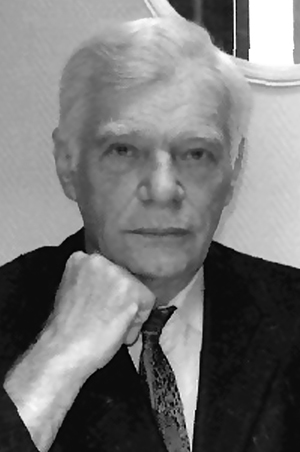Tactical Training of Olympic Champions in Middle and Long Distance Running
Фотографии:
ˑ:
Yu.A. Popov, professor, Dr.Hab.
Moscow Institute of Physical Culture and Sport, Moscow
Key words: Olympic champions, competitions, running tactics, speed dynamics, frequency of steps, finishing period.
Equal in strength and sports performance runners are often found in competitions of all scales. Therefore, to succeed, one must know the running tactics of opponents and use it depending on the situation. Running tactics depends primarily on the goal set before a competition. Usually three goals are distinguished: the 1st - showing the intended result; the 2nd - winning a competition regardless of the result; the 3rd - winning a competition with a good result [1-3].
The purpose of the study was to conduct a pedagogical analysis of the tactics of finish acceleration of elite athletes depending on the length of the distance.
Results and discussion. In the recent years more and more runners have been practicing the running tactics to win. At the Olympic Games this tactics is used at all distances from 800 up to 42.195 m. The tactics is characterized by enduring a high running pace introduced by opponents, with forces preserved for the final spurt at the finish. Usually an athlete chooses the position just behind the leader (a half-step behind him), and closely monitors all the competitors, ready at any moment to take a maneuver to increase the pace, leave behind opponents around him, and so on. It is particularly important to ensure that the runner has always free space on the right hand, required for a maneuver, since even experienced athletes often fall into a “box” (being by the border) and have no chance for a maneuver. As a result, the runner has to wait until the leading group will stretch and some “gaps” will appear.
Depending on the objective circumstances, the tactical plans and schedules of running may be different and depend on several factors: runner’s fitness, well-being, competitors, the tactics used by the main competitors, and their fitness level.
The state of running track, climatic conditions, the mode of competition (number of rounds, quarterfinals, semifinals and finals) and the procedure of going out to the next stage of a competition are of great importance.
The 20-year practice of Olympic competitions has shown that in the middle, long and extra-long distance running tactical fight for the 1st, 2nd and 3rd places took place practically in all disciplines. Hence the problem, what tactics runners should use at the main distance, and what qualities the athletes need to have to win the Olympic gold.
In our opinion, the most important factor in achieving a good result is a rational force distribution at the distance, which is formed during long-term competitive training of an athlete.
In this regard, we studied the force distribution at a distance for athletes specializing in various disciplines and engaged in endurance sports, basing on an analysis of the results shown by the winners of the Olympic Games (distances from 800 to 42.195 m). Altogether, 15 Olympic Games in the period of 1956-2014 were analyzed.
A direct examination of the athletes’ force distribution at a distance was carried out as a result of an analysis of each 100-meter segment for the middle-distance runners, a kilometer segment for the long-distance runners and a 5-kilometer - for the marathoners. The time and speed of passing each segment of the distance by a runner were studied, and they were compared with the average speed at the distance, taken as 100%.
Our findings indicate that the phenomenon of final spurting is becoming very important today.
The athletes starts final spurting at varying distances from finish, depending on the total distance. In the 800 meter running the spurting began at 200-250 m before the finish, and the athletes started to fight for advantageous positions far from the finish, at the final straight segment. In the 1,500 meter running final spurts were started at 300-500 m from the finish (stronger runners could start finishing earlier). In the 3,000, 5000, and 10,000 meter running final spurts were started at 800-1000 m before the finish; in the marathon running the speed was practically uniform along the whole distance, but the winners were those who run the last 7.195 m at a higher pace.
Conclusion. Athlete's ability to exercise high speed at the finish thanks to the maximum frequency of steps, especially in the last 50 m of the distance, indicates the high level of his special readiness for competitions.
References
- Popov, Yu.A. Training system for middle, long and extra-long distance runners: monograph / Yu.A. Popov. – Moscow: TiPFKS, 2007. – 230 P., illustr. (In Russian)
- Popov, Yu.A. Competitive training and competition system / Yu.A. Popov // Teoriya i praktika fizicheskoy kultury. – 2007. – № 6. – P. 24. (In Russian)
- Popov, Yu.A. Tactical training of Olympic champions in middle distance running / Yu.A. Popov // Teoriya i praktika fizicheskoy kultury. – 2007. – № 3. – P. 38-40. (In Russian)
Corresponding author: gamilia@mail.ru




 Журнал "THEORY AND PRACTICE
Журнал "THEORY AND PRACTICE